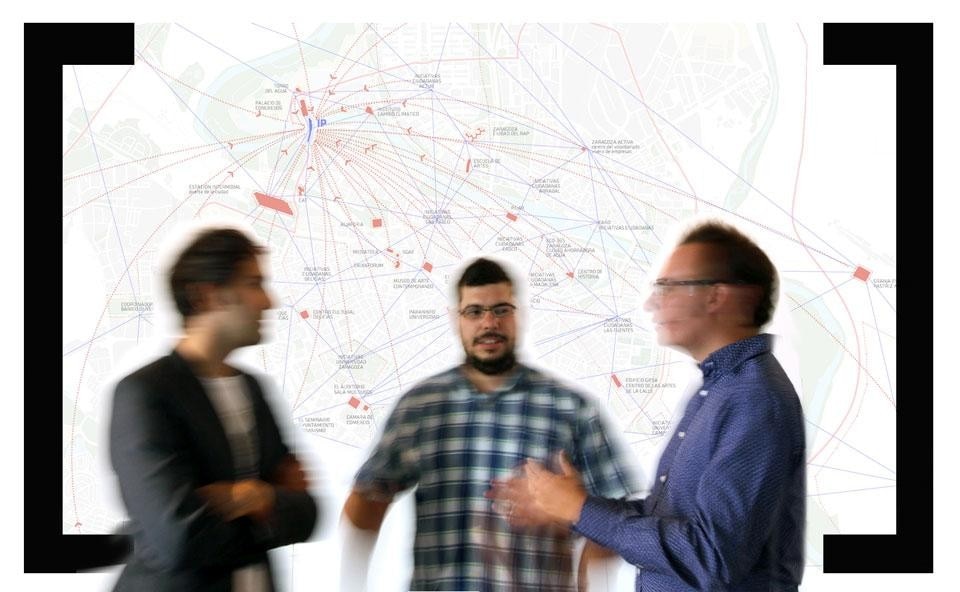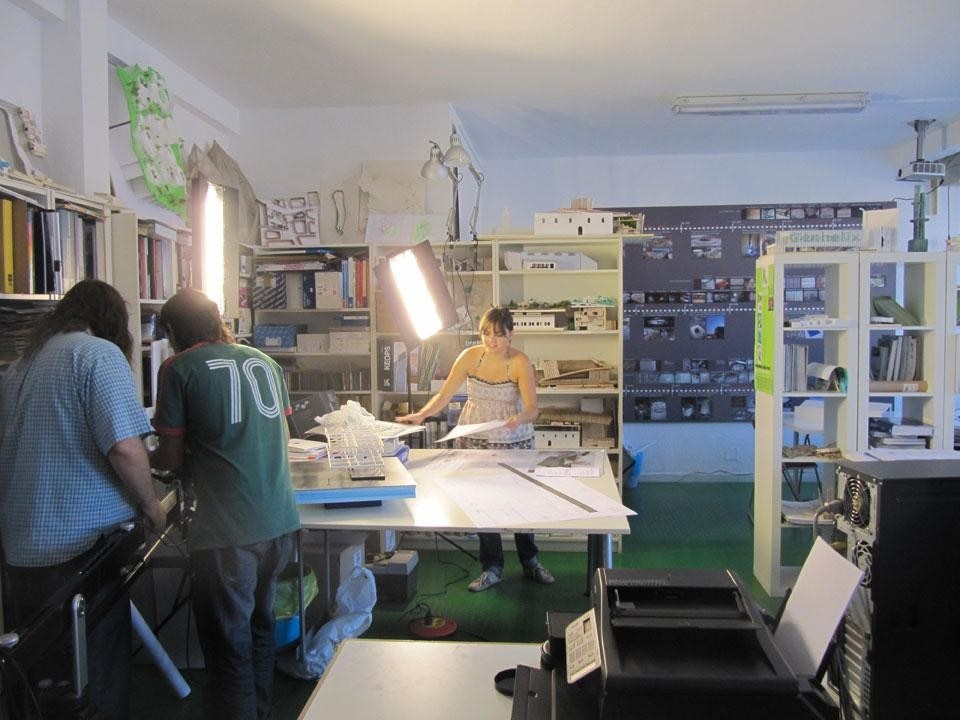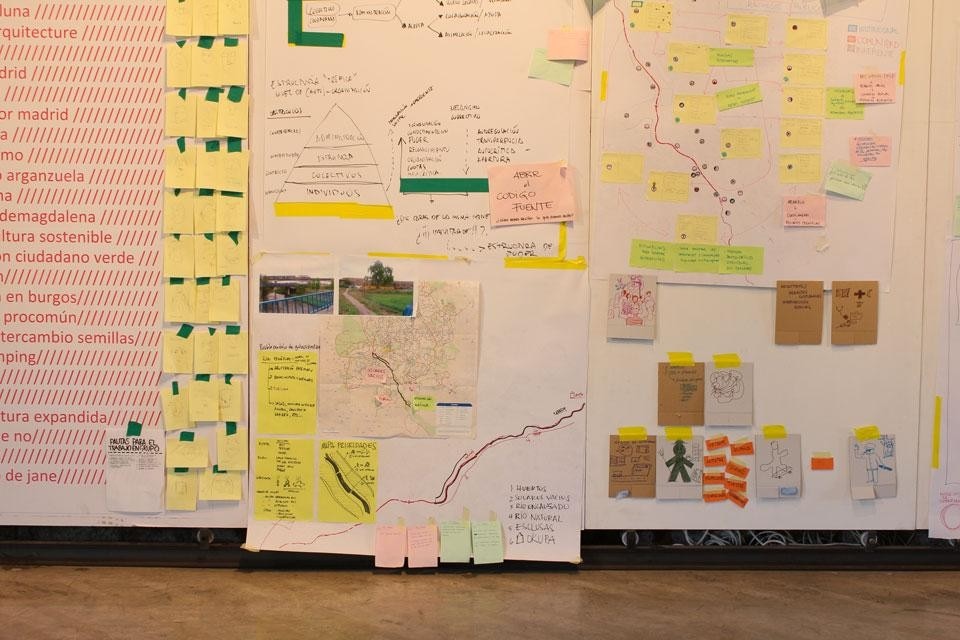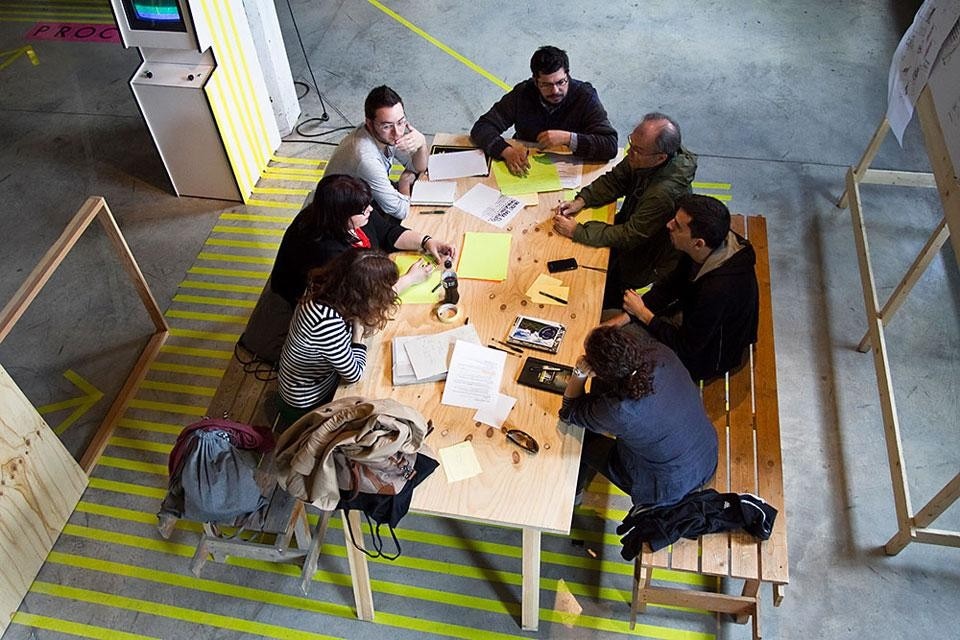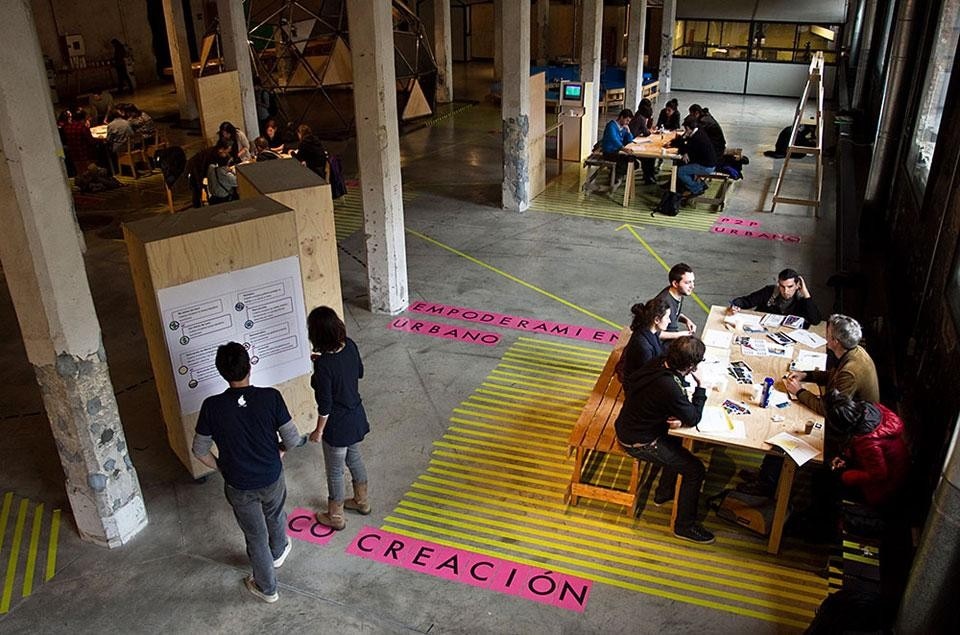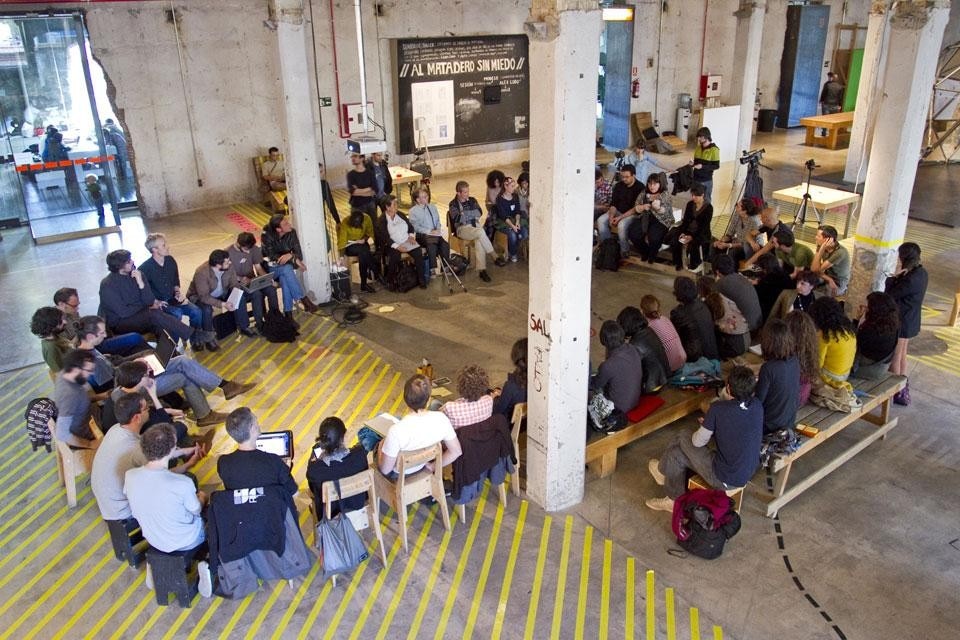Despite the fact that Spain, and in particular Madrid, have for some years been living in a state of uncertainty, highly innovative initiatives find space here. This is the case of those presented by Estudio SIC, a research and architecture collective founded in 2004 by Esaú Acosta Pérez, Mauro Gil-Fournier Esquerra and Miguel Jaenicke Fontao. Although they are based in Madrid, they have always supported initiatives based on permeability and delocalisation of the workspace. These concepts acquire form via a series of initiatives realised in a number of Spanish and European cities, which have lead to the creation of a network of extremely flexible spaces for working and collaboration. Three years after the birth of SIC, alongside it appeared VIC — the Vivero de Iniciativas Ciudadanas [ which roughly translates to "Citizen Initiatives Nursery"]. The VIC is an innovative model for urban participation — in the process of designing and improving cities and public spaces — that embodies the Spanish studio's desire for renewal.
Gianpiero Venturini: Let's talk about Estudio SIC and the platform for sharing — VIC. What are they about and how do they relate to one another?
Estudio SIC: Estudio SIC is an architectural practice that develops its designs paying particular attention to the creation of public space. This approach enters many spheres: the domestic, urban, landscape and territorial. The collective dimension shapes the architecture that we propose and then build. It is pure structure. The VIC, Vivero de Iniciativas Ciudadanas, is an open, participation-based platform that brings together innovative experiences in public collaboration. These new forms of interaction have the nature of transforming and dissolving the boundaries of public space as we understand it, making it flexible and adaptable. VIC is a Do-Tank that observes, tracks and produces a series of critical connections between emerging and informal practices that characterise architecture and the city.
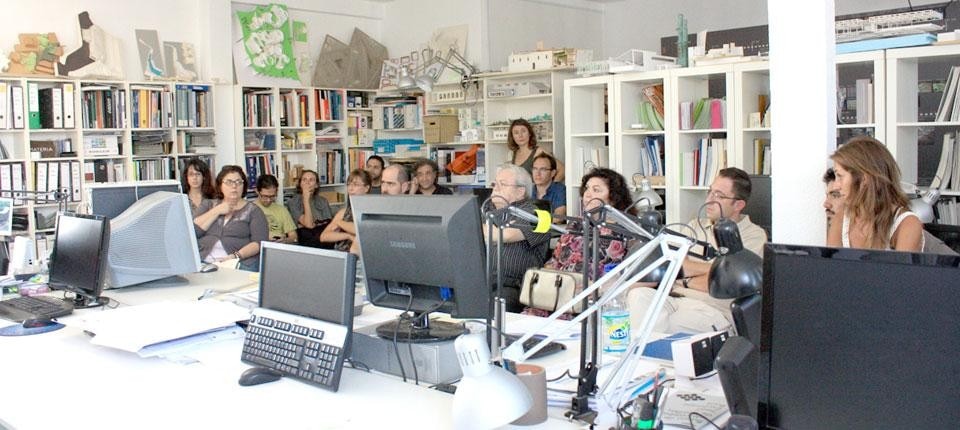
Let's talk about Mercado Abierto — I'd like you to tell me about this initiative making reference to the process, one of the central themes of your approach to design.
A number of emerging phenomena are currently being introduced to the traditional design dynamic as a response to a necessity (public/private relationship), bringing out abandoned models and conjecturing an improvement in the way space and its condition are managed. Mercado Abierto is a process of strengthening for the communities centered around traditional markets that offer a series of services for the area and its people. These markets, located in strategic centres around the city, constitute a real "social network" that educates, unites and feeds the public. Work starts at the bottom, with the community of traders, the customers and the representatives of the activities situated in the area, with the administrations. This process is transformed into a meeting for collective participation, where the needs of the public are expressed, existing possibilities identified, with the aim of establishing the basis for the creation of participative solutions.
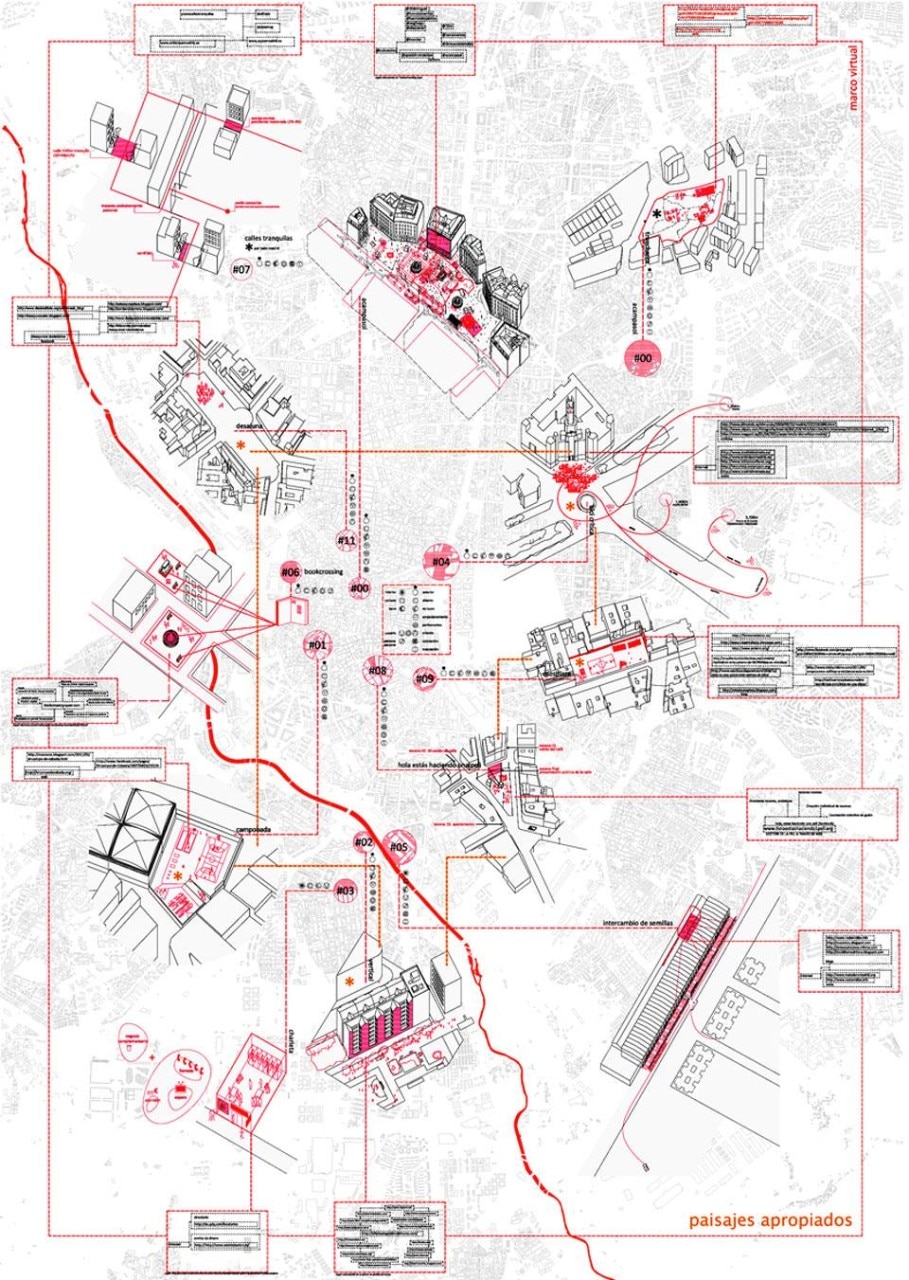
These projects propose a Middle-Out methodology. It is neither top-down nor bottom-up. With respect to the complete freedom of action that some projects enjoy on the one hand, and the taking to extremes of the concept of top-down democracy on the other, Middle-Out proposes a different approach, where the proposals of the citizens and mediation with administrative bodies exist alongside one another, in a search for a new model for sustainable governance. Greenvia, for example, is a space that visualises agents, resources and administrative models for the urban environment. Mach Mann Heim proposes a change from a model of traditional participation to one that enables citizens to be protagonists during the whole decision-making process. These methodologies are more complex than the traditional ones but in the long term offer a more responsible result. Through something that we call "reciprocal responsibility" the feeling of belonging to a place, a process and a goal is reinforced.
These methodologies are more complex than the traditional ones but in the long term offer a more responsible result. Through something that we call "reciprocal responsibility" the feeling of belonging to a place, a process and a goal is reinforced
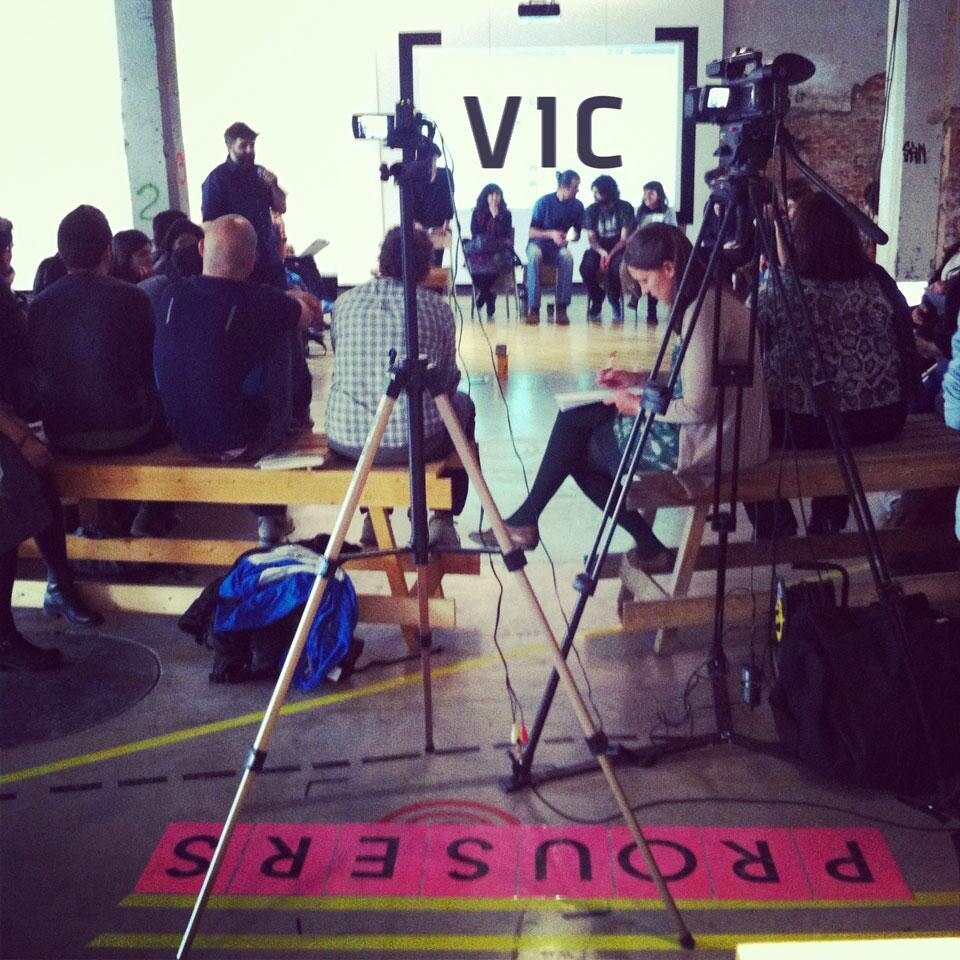
Change, in architecture and the city, is ensured through public initiatives. VIC is an example of all this. With this in mind, experience teaches us that today we cannot let ourselves imagine utopian scenarios but instead it is our duty to satisfy and nurture these collective processes that are able to propose architecture that is more respectful towards the city. This is what SIC and VIC do, one learns from the other, introducing new values for putting forward designs that are in tune with the real needs of those living in the city.
